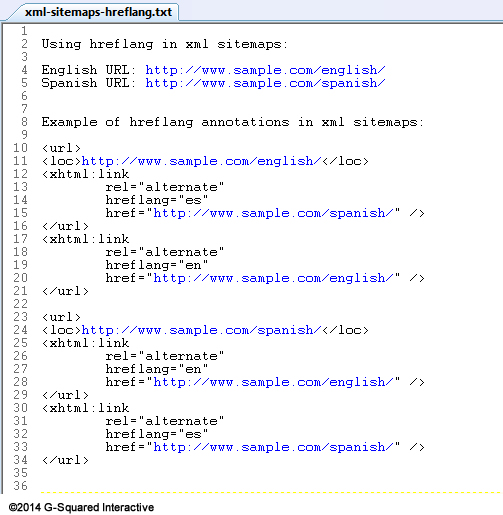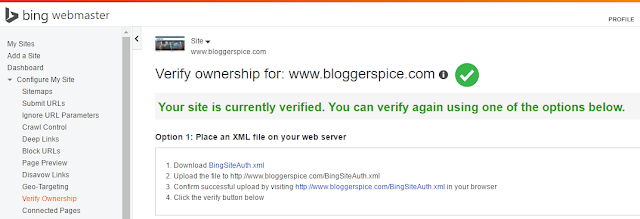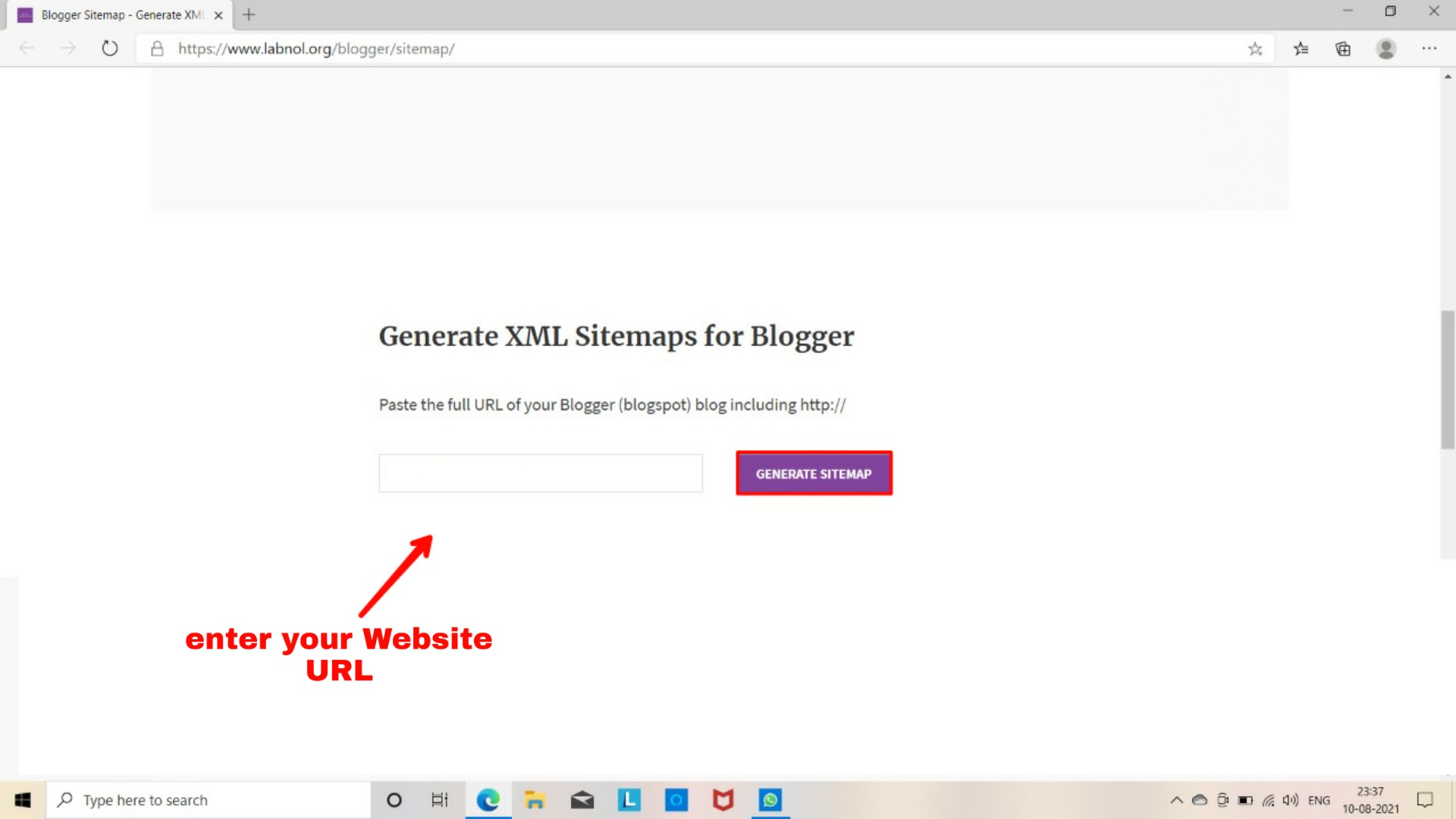

- There are currently no xml sitemap contexts available install#
- There are currently no xml sitemap contexts available free#
There are currently no xml sitemap contexts available free#
One way to solve this is to search for a free sitemap creator.

As a result, hundreds of pages could be missing from the exported sitemap-which makes it rather useless. Why? Because it means you’ve hit the crawl limit before it crawled all the pages on your site. If the number shows “500 of 500,” then there’s no point exporting a sitemap.

Hit “Next” and save the sitemap to your computer. If the number is 499 or below, go to Sitemaps > XML sitemap.īecause Google doesn’t pay much attention to, , and, we recommend excluding them from the sitemap file. Once the crawl is complete, look at the bottom-right corner. If you don’t do this, Screaming Frog will only crawl one URL. Sidenote. Make sure to use the canonical (main) version of your homepage. Paste your homepage URL in the box labeled “Enter URL to spider.”
There are currently no xml sitemap contexts available install#
If you think there are fewer than ~300 pages on your site, install the free version of Screaming Frog. Unfortunately, there’s no easy way to noindex a page in Shopify. Shopify automatically generates a sitemap for you. This will also exclude the page from your sitemap. There’s no way to manually edit your sitemap in Squarespace, although you can exclude (noindex) pages from search engines in the “SEO” tab. Squarespace also creates a sitemap for you automatically. While this probably won’t affect most users, be aware that including canonicalized pages in your sitemap isn’t best practice, and can send mixed signals to Google. Sidenote. If you canonicalize a URL in Wix, it won’t remove it from your sitemap. None of these optional tags are that important for SEO.įor, Google’s Gary Ilyes states that they ignore it in most cases as “webmasters are doing a horrible job keeping it accurate.” Since most sitemap generators set this to the current date for all pages, and not the date when the file was last modified, it’s easy to see why.įor, Google says they ignore this tag because it’s just a “bag of noise.”įor, John Mueller says “Priority and change frequency doesn’t really play that much of a role with Sitemaps anymore.” Valid values here are always, hourly, daily, weekly, monthly, yearly, and never. Its job is to give search engines some idea as to how often they might want to recrawl the URL.

Most sitemaps specify the Sitemap 0.90 standard, which is supported by Google, Yahoo!, and Microsoft amongst others. It also tells crawlers which protocol standard is used. This is a container for all the URLs in the sitemap. For sitemaps, the version should be 1.0, and the encoding must be UTF-8. It also states the version of XML and character encoding used. This tells search engines that they’re reading an XML file. They can look a bit daunting if you’ve never seen one before. XML sitemaps are made for search engines, not humans.


 0 kommentar(er)
0 kommentar(er)
